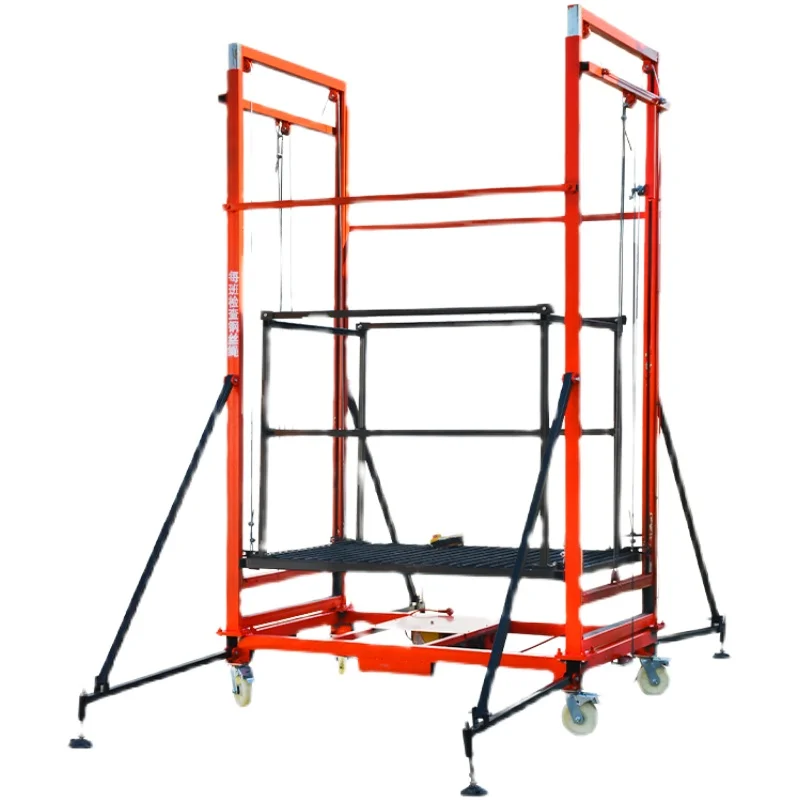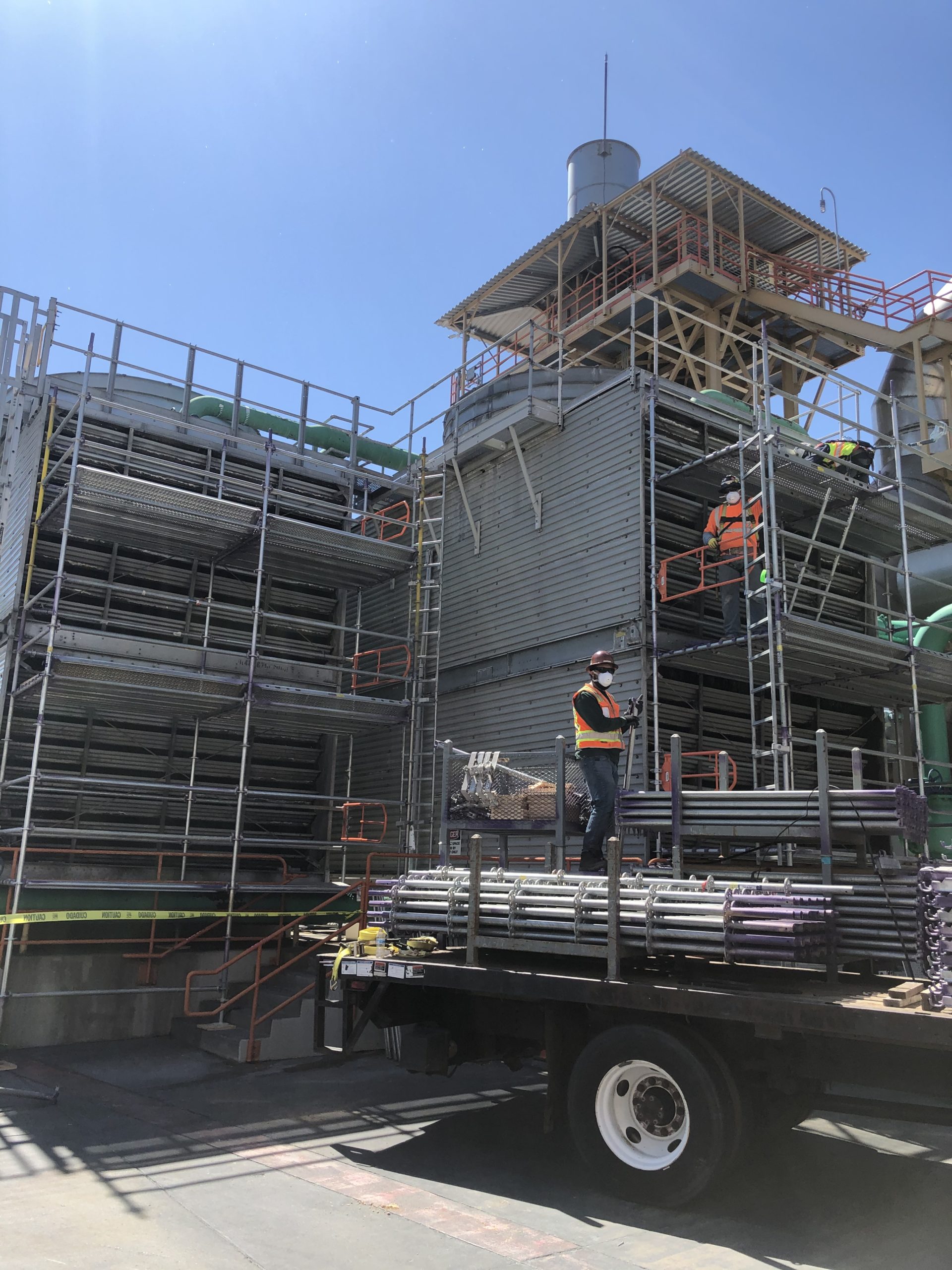Staircase Access Scaffolding: Safe Multi-Level Website Navigating
Scaffolding Laws: What You Need to Know =======================================
Understanding scaffolding guidelines is important for employee security in building. Laws established by OSHA cover layout, weight ability, and examinations. Various systems like modular and put on hold offer adaptability for tasks. Routine assessments and quick corrections assure security. Educating for assembly and fall security is important. rubbish chutes Recent adjustments in laws might influence requirements. Remain educated for a thorough grasp of scaffolding security.
Relevance of Scaffolding Laws
Understanding the importance of following scaffolding policies is paramount in making certain the safety of workers and the public on construction sites. Safety compliance within the construction sector is not only an essential need however likewise an ethical responsibility to protect people from injury. By sticking to rigorous scaffolding policies, companies can efficiently handle threats connected with working at elevations, hefty loads, and possible risks.


Danger monitoring plays an essential role in applying scaffolding policies. Recognizing prospective threats, evaluating their likelihood and possible impact, and taking positive measures to mitigate these risks are basic steps in making sure a safe workplace. Adherence to guidelines assists in minimizing mishaps, injuries, and fatalities connected to scaffolding tasks. It additionally promotes a society of safety and security awareness among employees and stresses the importance of complying with appropriate procedures and guidelines.
OSHA Requirements for Scaffolding
The Occupational Safety and Health And Wellness Management (OSHA) has established robust criteria for scaffolding to assure the safety of workers in the construction market. These guidelines are in location to prevent mishaps and make sure that scaffolding systems are set up and utilized properly.
OSHA's security standards for scaffolding cover elements such as the layout, construction, and positioning of scaffolds, as well as the appropriate use of scaffolding equipment and drop defense procedures.
According to OSHA standards, scaffolds must have the ability to support their own weight and a minimum of 4 times the optimum intended tons without failure. They should additionally be outfitted with guardrails, midrails, and toeboards to avoid drops. Regular assessments, typically done by a proficient person, are needed to recognize and attend to any prospective risks promptly.
Adherence to OSHA regulations is vital for building firms to keep a risk-free workplace and stay clear of expensive charges. By adhering to OSHA's safety and security guidelines for scaffolding, employers can shield their workers from crashes and develop a society of safety and security on building and construction sites.
Types of Scaffolding Equipments
Numerous scaffolding systems are utilized in the construction market to provide short-term support for workers and materials at raised elevations. Two usual kinds of scaffolding systems are modular scaffolding and put on hold scaffolding.
Modular scaffolding, likewise referred to as system scaffolding, is popular because of its versatility and ease of assembly. It contains pre-engineered components that can be swiftly attached and adapted to suit various task requirements. Modular scaffolding is appropriate for tasks that require frequent reconfiguration or where access requires might transform throughout construction.
On the other hand, put on hold scaffolding is a system that hangs from the top of a structure rather than being supported from the ground. It is frequently made use of for tasks like window washing or exterior structure upkeep. Put on hold scaffolding offers unhindered access to the exterior of a building and is ideal for projects where ground-based scaffolding is unwise or impossible. Both modular scaffolding and put on hold scaffolding play crucial roles in ensuring the safety and security and efficiency of building and construction jobs at elevated elevations.
Scaffolding Inspection Needs
Checking scaffolding is an essential aspect of making certain building site safety and compliance with regulations. The regularity and requirements for scaffolding assessments are vital to preserving a risk-free workplace. According to policies, scaffolding has to be evaluated by a proficient individual prior to each work shift and after any occasion that can affect its structural honesty, such as severe weather conditions or effect from devices. Additionally, official assessments must be carried out at normal intervals, generally weekly, to ensure continuous compliance with safety criteria.
Conformity with inspection demands is pivotal to stop accidents and ensure the stability of the scaffolding framework. Any type of infractions determined during inspections should be quickly resolved and dealt with to reduce possible risks to employees. Usual infractions consist of missing or harmed components, poor bracing, inappropriate planking, and overloading. Regular and thorough inspections, along with quick corrective activities for any kind of non-compliance, are important to keeping a safe scaffolding system on building and construction websites.
Training and Certification for Users
To assure the secure use of scaffolding on construction sites, appropriate training and certification for customers are essential. Accreditation demands for scaffolding users differ relying on the area and sort of scaffolding being utilized. In many areas, customers are called for to finish a training program that covers topics such as scaffold setting up, evaluation, safe use, and fall protection. These training programs are developed to make certain that people using scaffolding have the essential expertise and abilities to work securely at heights.
Accreditation demands might additionally consist of demonstrating proficiency in erecting and taking down scaffolding, comprehending weight capabilities, and understanding how to recognize potential hazards. Employers are usually responsible for making sure that their employees get the suitable training and certification prior to allowing them to utilize scaffolding on site. Regular refresher courses might be essential to keep accreditations approximately date and reinforce safe practices. By mandating training programs and accreditation demands, authorities aim to lessen the danger of crashes and injuries connected to scaffolding usage.
Recent Adjustments in Scaffolding Laws
Current adjustments in scaffolding laws have actually brought about brand-new safety needs that are shaping the building industry.
These policies are influencing just how scaffolding is utilized on job sites and are affecting security procedures to make certain employees are better protected.
It is crucial for those in the building sector to remain informed and certified with these advancing regulations to keep a safe work environment.
New Security Needs
Rigorous security protocols have been carried out as component of the recent changes in scaffolding laws to improve office security for construction employees. Safety and security training has come to be a prime focus, guaranteeing that employees are properly prepared to handle scaffolding tools and operate at heights safely.
These brand-new needs mandate that all workers obtain thorough safety and security training prior to taking part in any type of scaffolding tasks. In addition, enforcement steps have been strengthened to assure compliance with these security procedures. Evaluations are being performed a lot more regularly, and extreme consequences are in place for non-compliance.
Impact on Construction Market
With the recent modifications in scaffolding regulations, the construction sector is experiencing a significant change in the direction of increased security standards and increased responsibility.
These modifications have had a significant impact on labor effectiveness within building and construction jobs. The demand to abide by stricter guidelines has caused an extra structured and safety-oriented method to scaffolding usage, which consequently has actually influenced the total performance of labor on building sites.
In addition, the updated laws have introduced cost implications for construction companies. While making certain compliance can lead to enhanced preliminary prices as a result of the execution of much safer scaffolding systems, in the long-term, it can result in decreased costs related to crashes, injuries, and lawful concerns, ultimately benefiting both workers and companies.
Frequently Asked Concerns
Can Scaffolding Rules Vary From One State To Another in the United States?
Yes, scaffolding guidelines can differ from state to state in the US. These distinctions might include variations in safety and security measures, examination requirements, training criteria, and allowable products. It is important to recognize and comply with the details laws in each state.
Exist Particular Weight Constraints for Scaffolding Solutions?
Weight restrictions on scaffolding systems are essential for security. These restrictions vary based upon the type of scaffolding and load capability. Sticking to weight guidelines assures architectural honesty and decreases the danger of crashes, emphasizing the value of security preventative measures.
Exactly How Often Should Scaffolding Solutions Be Evaluated for Safety?
Scaffolding systems should be checked for safety and security frequently to guarantee compliance with laws and avoid crashes. The regularity of examination depends on elements such as use, environmental conditions, and producer referrals, generally ranging from once a week to month-to-month. Arranged upkeep is essential.
Are There Any Kind Of Certain Demands for Training on Specialized Scaffolding Equipments?
Specialized training for scaffolding systems involves specific accreditation needs to ensure risk-free operation. Training ought to cover the special attributes and hazards of specialized systems, stressing appropriate assembly, usage, and taking down treatments for optimum safety and security compliance.
Are There Any Type Of Fines for Non-Compliance With Scaffolding Laws?
Non-compliance with scaffolding guidelines can bring about prospective fines and enforcement actions. Failure to adhere to these guidelines might lead to expensive repercussions, lawful concerns, and jeopardized precaution, stressing the significance of rigorous compliance.
Conclusion
To sum up, adherence to scaffolding guidelines is essential for ensuring the security of employees and preventing mishaps on construction sites.

OSHA criteria lay out the requirements for proper scaffolding use and examination. Various sorts of scaffolding systems have particular guidelines that have to be complied with.
Training and accreditation are important for customers to comprehend just how to safely work with scaffolding. Remain updated on any kind of recent modifications in scaffolding legislations to keep conformity and maintain safety criteria.